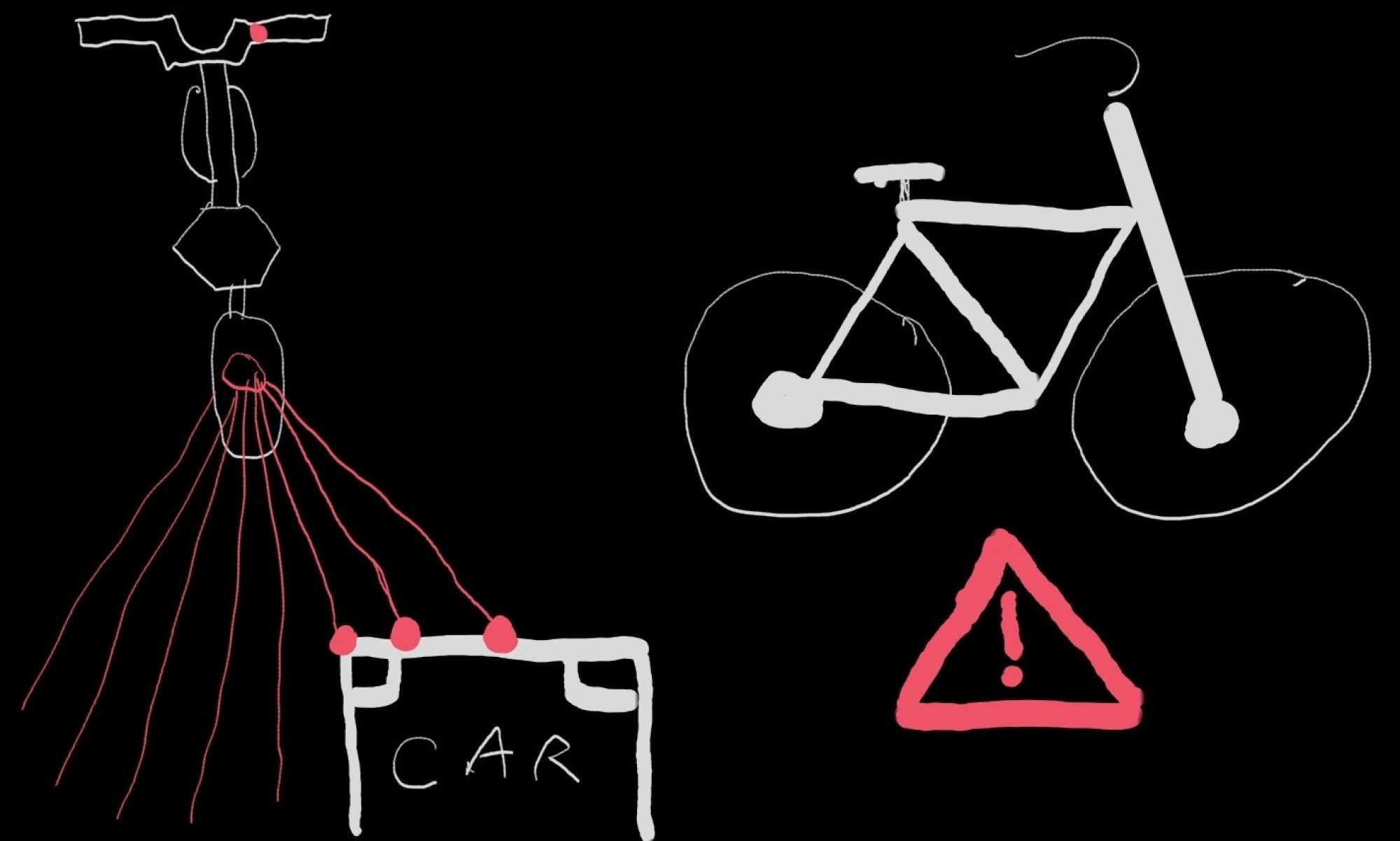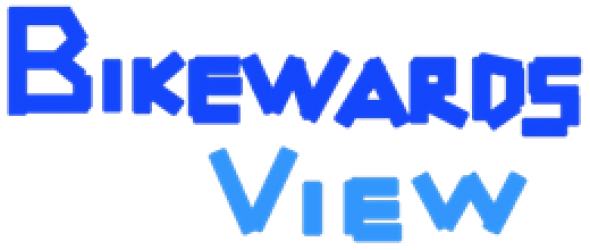Since Thanksgiving, I have been working hard to engineer a GPIO-based solution to transmit LED codes as required in the design, in order to circumvent the problems we had with serial communication. That has since been finished and tested. Although there are some problems working with the full set of LED control routines on the Arduino, a reduced set works and the oscilloscope measurements from the STM look normal, so we’ll have to look on the Arduino further to solve this problem.
I also helped with the assembly of the system, soldering and heat-shrinking some wires from the STM to the Arduino and sensors. The assembly was completed and I managed to load a version of code into the system that controls the front LED lights accurately reflecting sensor readings and signal processing results. This marks the completion of the duties that were assigned to me, so I can now dedicate my time to help with testing and debugging as part of the final step of the project.

